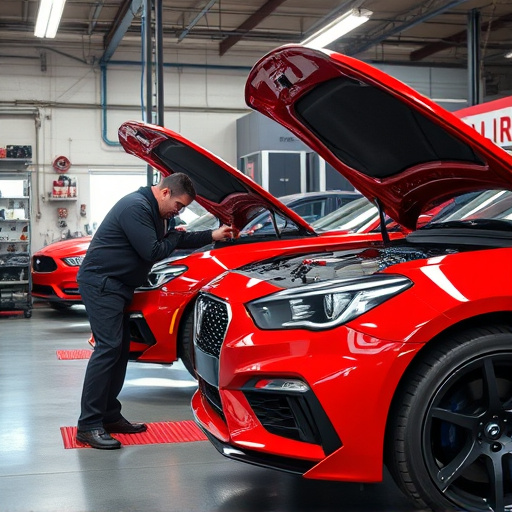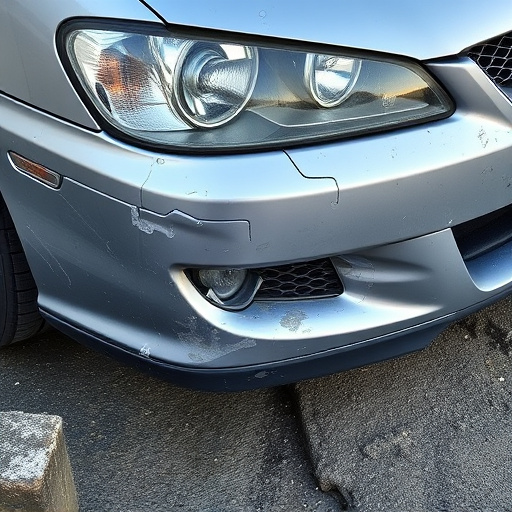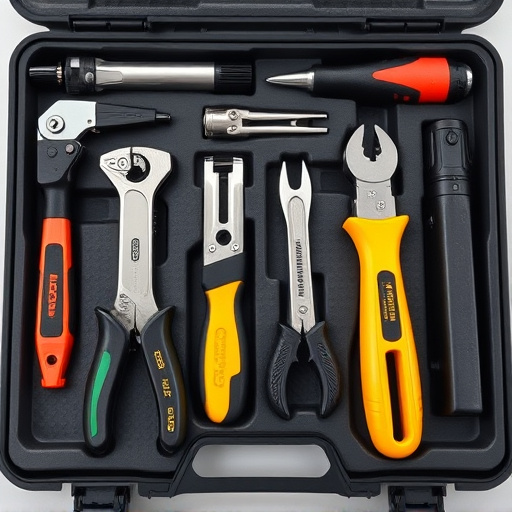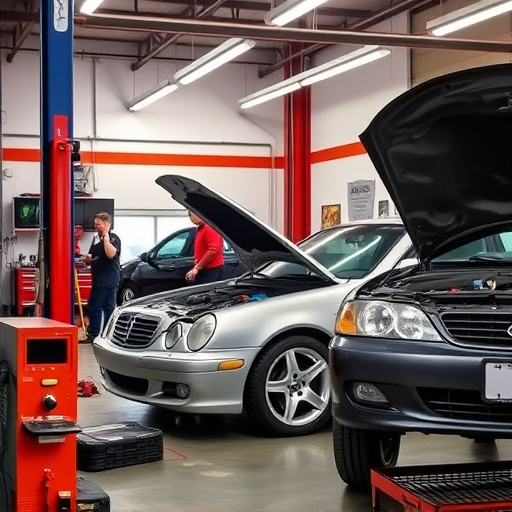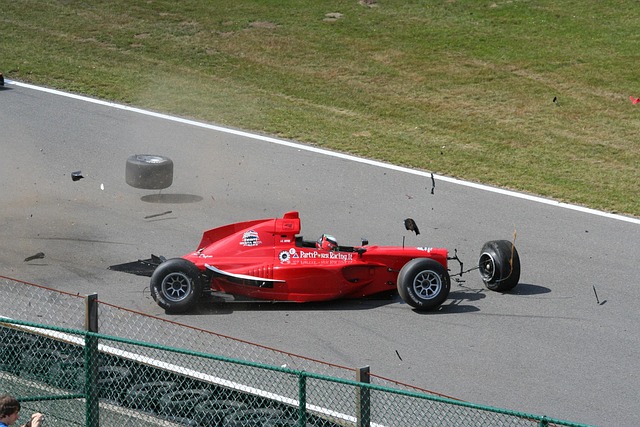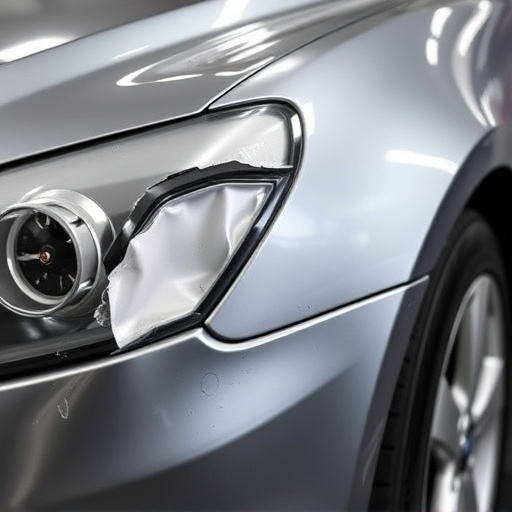After a car accident, prioritize steering repair for safety. Contact insurance to file a claim and choose approved shops. Schedule a follow-up 24-48 hours after repair for comprehensive assessment and communication. Timely intervention ensures vehicle safety and reliability.
After a car accident, knowing when to schedule a follow-up for steering repair is crucial. This comprehensive guide explores the key steps in determining if your vehicle requires steering repair and understanding the insurance process. We’ll delve into timing considerations to ensure effective follow-up, helping you navigate post-accident care efficiently. By following these steps, you can effectively manage repairs and get back on the road safely.
- Assessing Damage and Need for Repair
- Understanding Insurance Coverage and Process
- Timing Considerations for Effective Follow-Up
Assessing Damage and Need for Repair
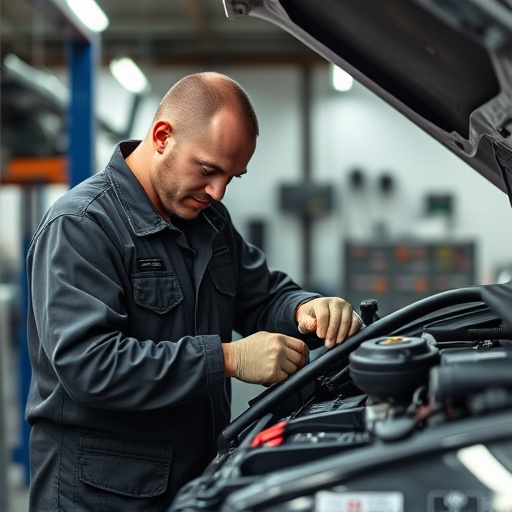
After an accident, the initial step is to assess the damage done to your vehicle. This includes a thorough inspection of the steering system as it’s crucial for safe driving. If there are any visible signs of malfunction or discomfort while steering, it’s indicative that a repair might be necessary. A professional mechanic should evaluate the extent of the issue, which could range from minor adjustments to complete replacement parts, such as a damaged steering rack or column.
For severe incidents, like a fender bender, mercedes benz collision repair experts recommend scheduling an appointment immediately. They can provide comprehensive car paint services and repairs, ensuring your vehicle is not only safe to drive but also restored to its pre-accident condition. Timely intervention is vital; waiting could lead to more serious complications, impacting both the vehicle’s performance and safety.
Understanding Insurance Coverage and Process
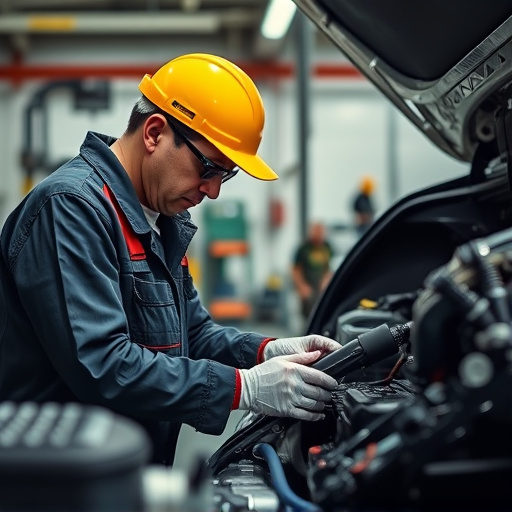
After a steering repair due to an accident, understanding your insurance coverage and the process is crucial. When you’re involved in a car collision, whether it’s a minor fender bender or a severe crash, your auto insurance policy will dictate how repairs are handled. Most policies include coverage for vehicle damage, including steering repair after an accident. The first step is to contact your insurance provider to file a claim and discuss the next steps.
During this process, you’ll likely be directed to an auto body shop or mechanic approved by your insurance company. It’s important to choose a reputable auto body shop that specializes in car collision repair and scratch repair. This ensures that your vehicle is repaired properly and safely, aligning with industry standards. Remember, proper repairs not only ensure the safety of future drives but also maintain the resale value of your vehicle.
Timing Considerations for Effective Follow-Up
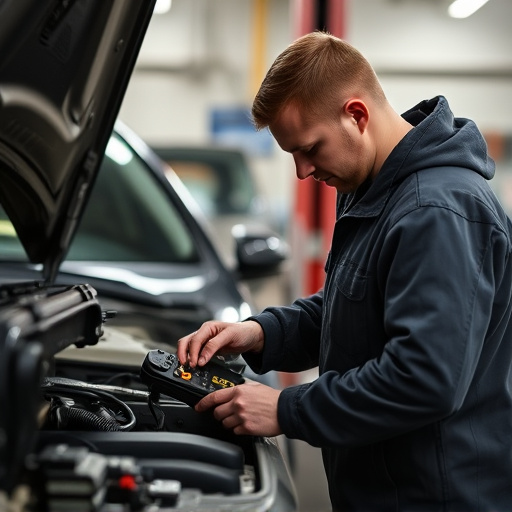
The timing of a follow-up after steering repair following an accident is crucial for several reasons. It allows for a thorough assessment of the vehicle’s condition, ensuring that any potential issues related to the initial repair are addressed promptly. Typically, a wait of 24 to 48 hours post-repair is recommended before scheduling a follow-up appointment. This period provides enough time for any initial settling or adjustments to take place, especially in cases where parts have been replaced or extensively repaired.
Effective follow-ups also facilitate open communication between the repairer and the client. During this window, clients can voice their concerns, ask questions, and receive updates on the progress of repairs. It’s an opportunity for auto repair services providers to demonstrate their commitment to quality and customer satisfaction. Moreover, it enables collision repair shops to identify any discrepancies or further damage that might have gone unnoticed initially, ensuring the safety and reliability of the vehicle post-accident.
When it comes to scheduling a follow-up after a steering repair accident, understanding your insurance coverage, assessing damage effectively, and considering the timing are key. By prioritizing these aspects, you ensure a seamless process, prompt repairs, and a safe return to the road. Remember, timely action is crucial in managing unexpected vehicle issues post-accident.


